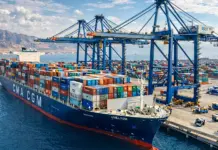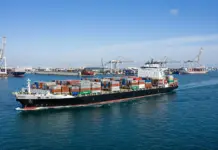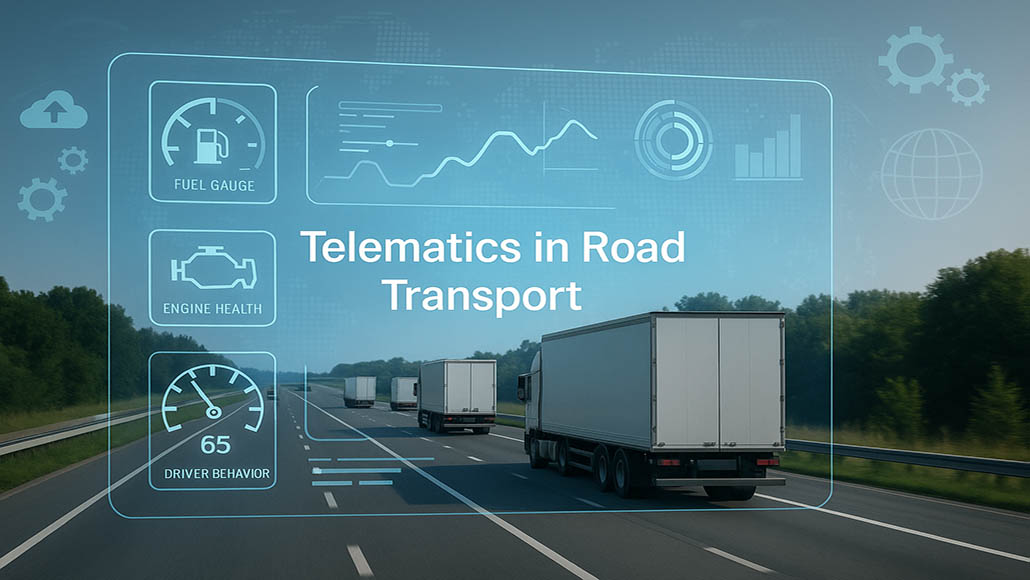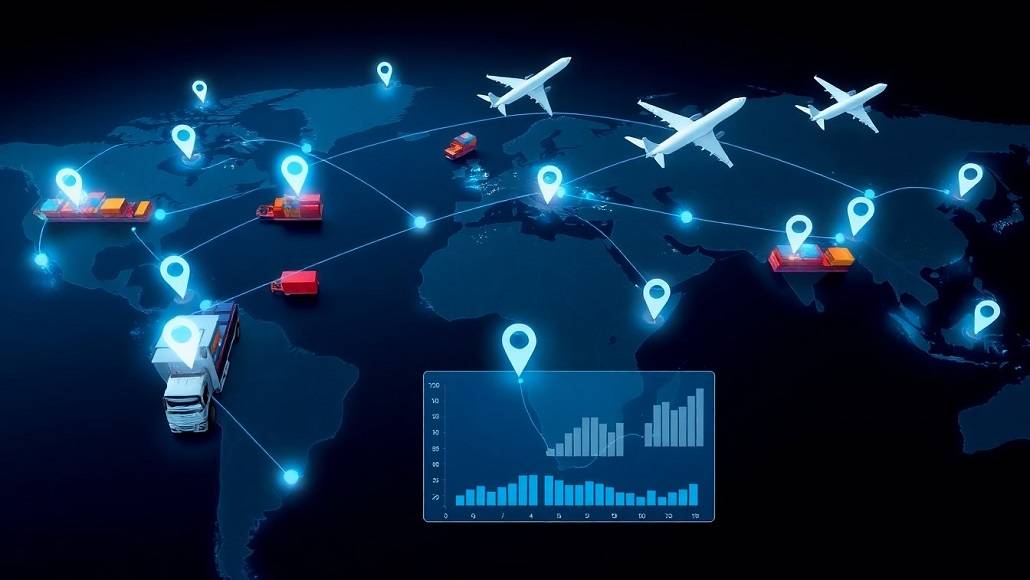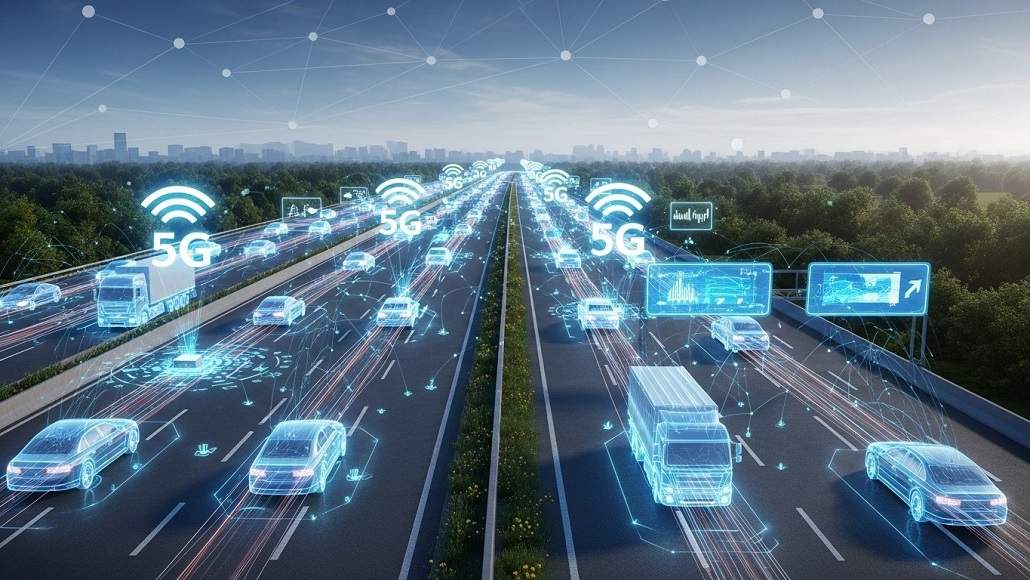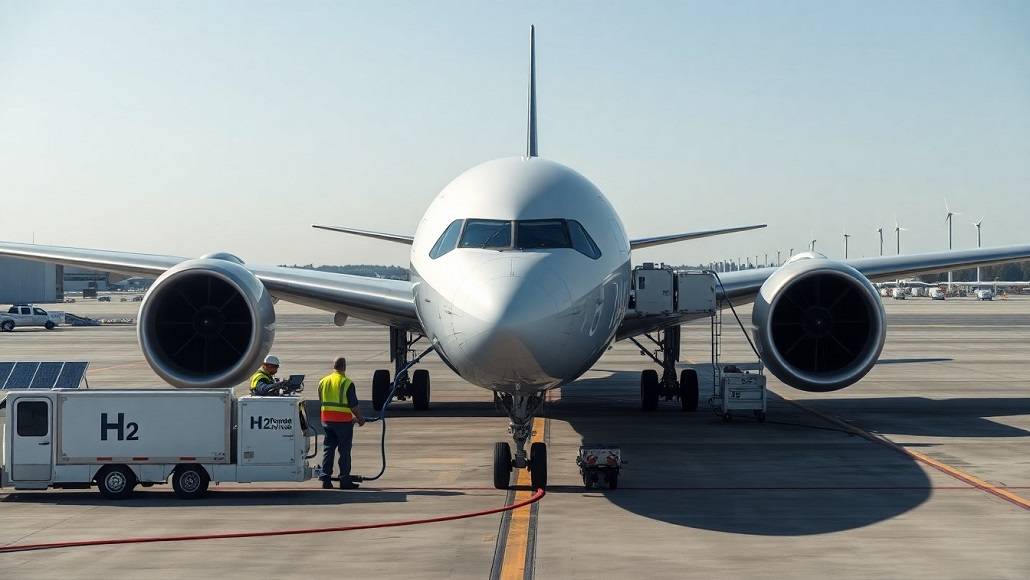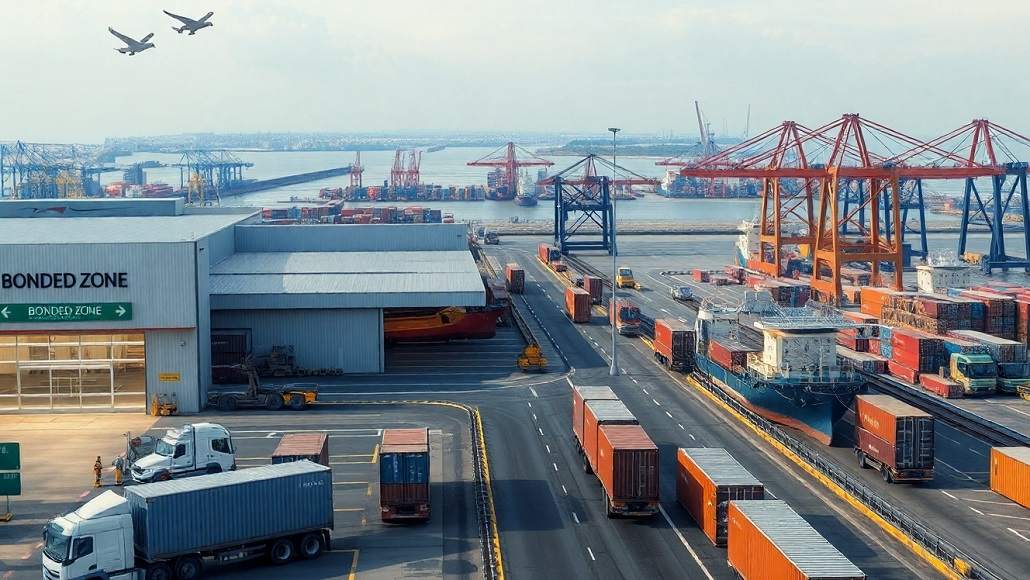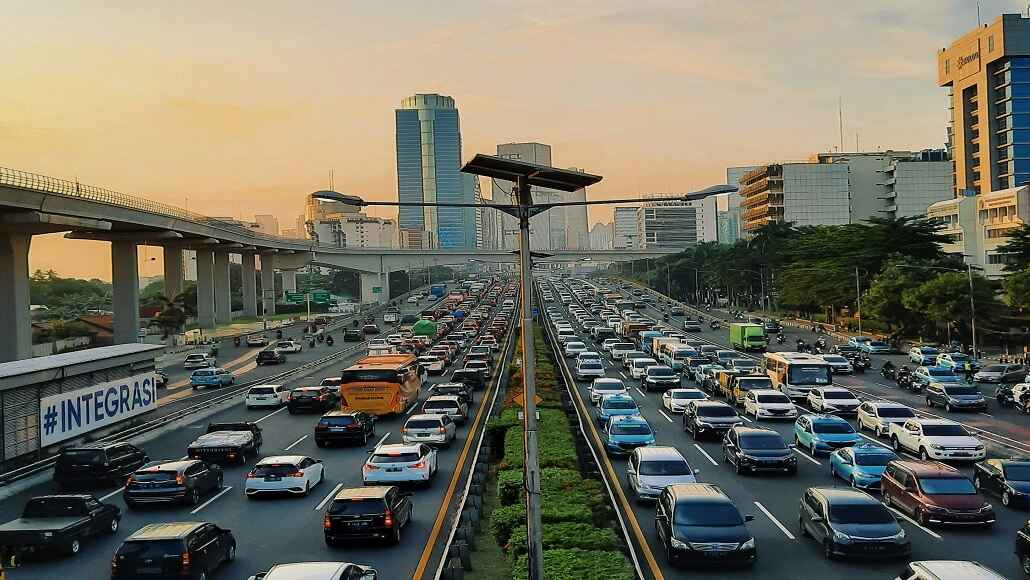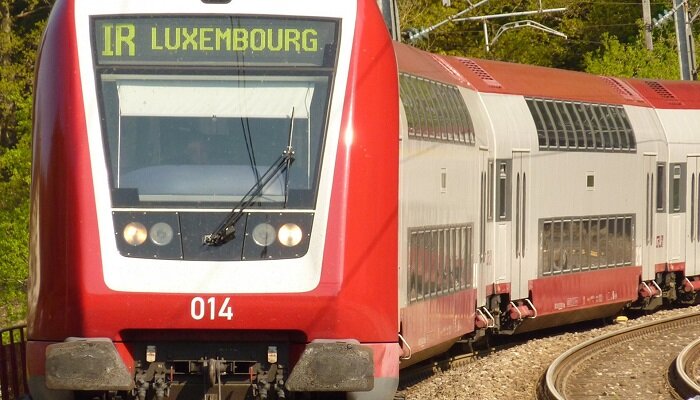Luxembourg became the first country in the world to get rid of the fares across all public transport in 2020. Three years down the line, the residents are filled with praise for the scheme that was run for them. The system allows them to travel seamlessly and is also very positive for the environment, as some have put it. While for others, this popular system is a fundamental right. Let’s see how the transportation scheme works and has been received.
Why did the country start this scheme in the first place?
Apparently, the scheme was partially introduced so as to take care of Luxembourg’s car problem. In 2020, the nation had the highest car density in the European Union, with 696 cars per 1000 people. The average happens to be 560. No wonder; the country not only suffered from traffic challenges but also had severely high levels of climate heating emissions because of this.
According to the residents, the free transportation allows and encourages them to leave their cars at home. Since the public transport happens to be free, it is easier for them to make a quick decision whether to choose it or go instead with a private car, says Edgar Bisenius, a resident working as an accountant. The entire process, as per him, is very positive for the environment and is practical too.
That said, some cars still ply the roads. According to one of the researchers specialising in public transport, Merlin Gillard, car culture is still very much present across the country, and it is indeed quite a task to attract people towards public transport.
It is well to note that this scheme was first introduced during the COVID-19 pandemic, so analysing its impact can indeed be tricky.
The data goes on to suggest that the sustainability impact of free transport can be minimal. Apparently, since introducing free transport across Estonia in 2013, its capital has seen a surge in the usage of cars. The social impact when it comes to cost savings is believed to be more significant. In appreciation for this, one of the teachers from Luxembourg, Ben Dratwicki, says that this indeed is a good initiative as it favours and also strengthens the public sector.
According to him, the system is cemented as an entitlement. He adds that transportation happens to be a fundamental right of every resident, just as if one has the right to work, one has the right to get to work without too many hurdles or costs.
How does this transport scheme work?
Since February 2020, all public transport forms, be they be buses, trains, or trams, are free for tourists as well as residents. This scheme is applicable across the country, and only if the passengers ought to travel first class, they need to buy a ticket.
The revenue from tickets in the country previously stood at €41 million every year, which happens to be a fraction more than the €500 million running cost of the nation’s entire public transport system. The deficit, as expected, is largely made up by higher tax payers.
According to Francois Bausch, the deputy prime minister of the country, this is a considerable cost but is taken care of by all the taxpayers. According to him, there is more equity in the system since those who pay less in taxes pay nothing or a very meagre amount into it, and vice versa.
Because of this, the investment in Luxembourg’s transport has not slowed. The new tram system remains regular as well as reliable, unhampered by traffic. Also, the country has gone on to make record investments when it comes to enhancing its railway network.
Luxembourg’s connectivity with the rest of Europe?
The country happens to be very well connected to other parts of Europe as far as public transport is concerned. The country happens to have cross-border connections to France via the TGV. Paris is only two hours away by train. Besides, Luxembourg is also well connected with Germany through the high-speed ICE trains.
Trains also run between Luxembourg City and Brussels, Belgium, every hour, and also to Liege every couple of hours. Notably, the residents who happen to be living in the border towns also get to benefit a lot from the free transport scheme.
The scheme allows all the border residents, especially in areas adjoining France, Germany, and Belgium, to travel hassle-free, says one of the temporary workers, Gauthier Moumkama. He adds that it is a kind of freedom for them with fewer controllers, as they don’t have this system in France.
That said, since the scheme is not applicable across the border, its worthwhile impact on mobility happens to be limited to those who can very much afford to stay in the richest country in the world.
According to Gillard, there is a large set of population that lives outside of Luxembourg, who apparently cannot afford housing and who also have to pay for public transport; therefore, the entire exercise is redistributive, but just to a certain extent.




